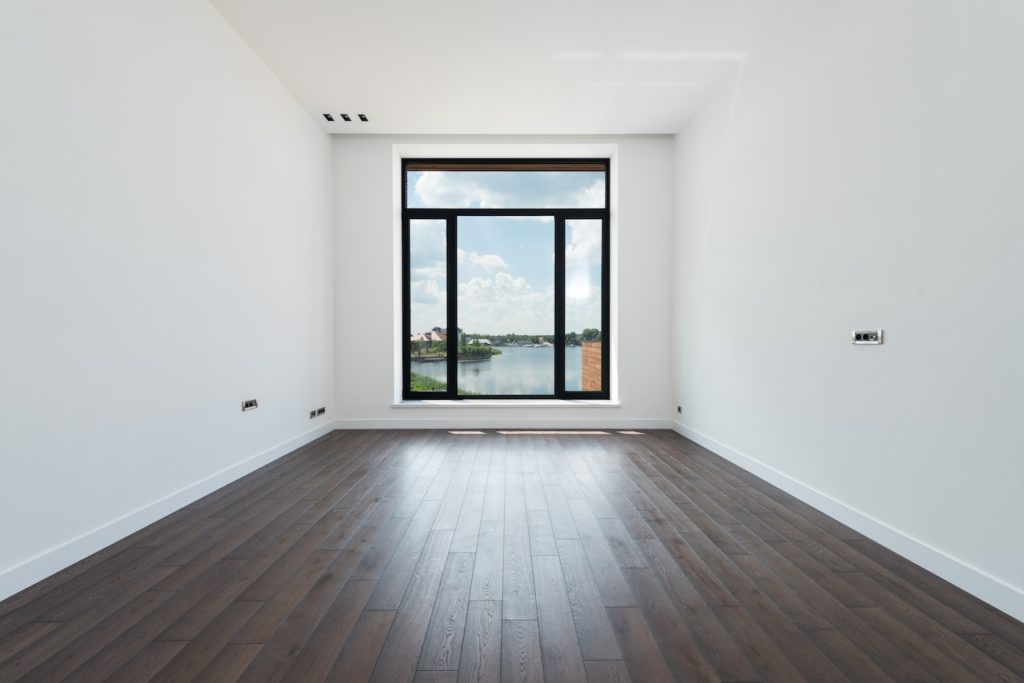 Every year, people look around their homes and decide they want to make them look newer. Choosing to do some work on the house is stressful, especially choosing between a renovation or a complete remodel.
Every year, people look around their homes and decide they want to make them look newer. Choosing to do some work on the house is stressful, especially choosing between a renovation or a complete remodel.
To most people, the terms renovate and remodel are interchangeable, but that would be incorrect. By definition, renovations are to restore something to its original state, while a remodel is to create something entirely new from an existing structure.
When thinking about doing some work around your house, consider whether you want to use the design and setup as it already has been constructed or if punching a wall out and opening up space is better suited to your thoughts and needs.
After you decide what it is you want to be done to your house exactly, the next step is to determine if you are going to Do It Yourself or if it’s something better suited for a contractor.
A DIY approach is cost-effective and faster for aesthetic touch-ups, such as minor exterior repairs and painting. In that case, there are a few things you need to do regardless of the type of renovation and touch-up you’re considering.
Get A Quote: Even though the plan is to DIY, get a contractor to give you a quote on the work: This will help you decide whether the DIY approach is better suited for your needs or whether you can afford to hire someone to do it for you.
Electrical Inspection: Hire an electrician to inspect your wiring, especially if it’s been a few years since your last inspection. Your interior wiring could have some corrosion, be underperforming, or be susceptible to power surges that can damage or destroy expensive electronics or become a significant fire hazard.
There can be many reasons why your home’s electrical may have decayed. For example, you could have had faulty wiring installed, water damage that led to corrosion, or even pests that chewed and gnawed your wiring.
Additionally, by having an electrician examine your wiring, you can ask some critical questions, such as whether there are more efficient holiday lights or security lights to consider and at what price.
Build A Foundation: Depending on the type of work you’re planning, there are best practices to consider when doing any home construction. In general, you want to perform the exterior and foundational work before you get into doing any interior or highlight work.
For example, that means if you plan on replacing windows, you would need to remove the existing ones and reinforce the window sills and caulking before replacing the windows.
Or perhaps you’re planning on knocking a wall down and opening up the house’s interior. In that case, it is crucial to know what walls are weight-bearing and which can be removed, then create the space to knock them down and have rubble accumulate.
You wouldn’t want to knock a wall down only to collapse on your TV or dining room, so planning on doing what’s essential before you begin your remodel is crucial. You’ll want to be sure that you don’t touch any weight-bearing walls or damage the roof in the process.
Create A Plan: For DIY, one of the reasons you chose to go that route is to save time and money. Too often, DIY people will start a project, try to pivot mid-way, and spend more on materials and other costs than if they had simply hired a contractor to do the work.
Instead, create a plan, budget for it, and stick to it no matter what. Your goal should include your renovation or remodel idea, the materials you plan on using, and the amount of time you want to give yourself to accomplish the task.
Overestimate on costs and labor, don’t think you can do something in a half-day that takes a team of three or more a couple of days to do.
For example, if you’re planning on building an add-on to a room, don’t think you can tear down the wall, build a foundation, pour cement, post beams, and frame the added space in a day. You’ll have to calculate drying time, etc., which takes time. You don’t want to live in a home without walls, so plan for that contingency.
Renovating or remodeling your home is something that takes a lot of forethought and planning to do successfully, especially if you’re DIY. Create a plan and budget, get professional quotes, and see if the project is still something you want to do alone or whether it’s more efficient to hire a professional to assist you.






